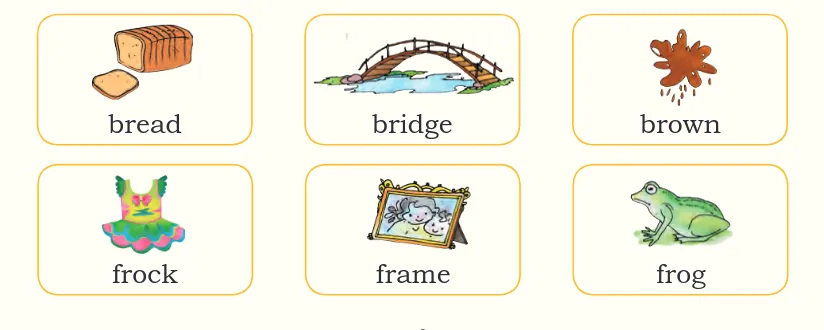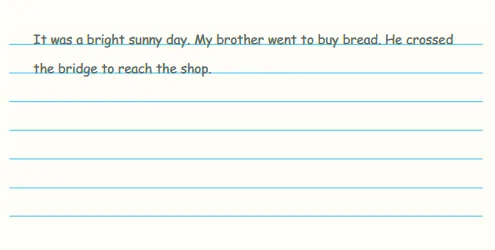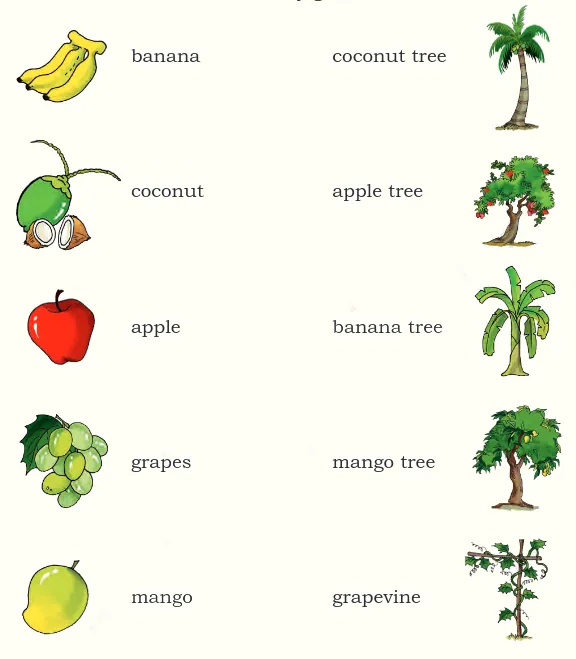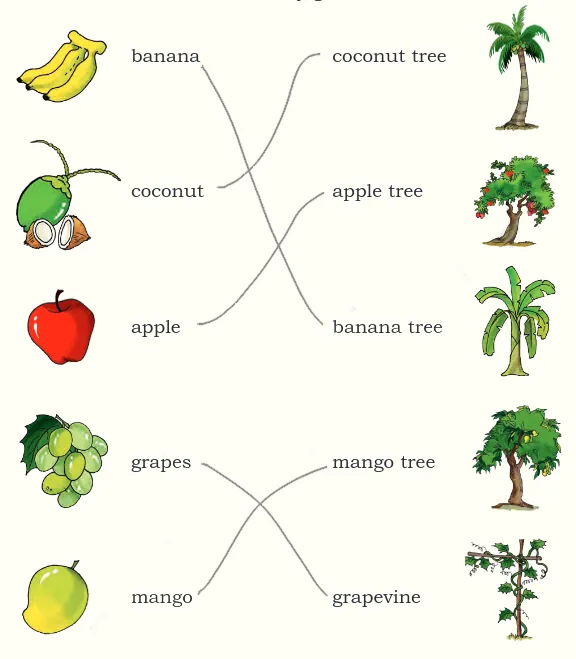Summary of Chapter 13: “We Are All Indians”
The NCERT Class 2 English chapter “We Are All Indians” is a wonderful introduction to the concept of unity in diversity. This chapter introduces children to the cultural and linguistic diversity of India through the voices of children from various states. Each child shares details about their state, language, festivals, and favorite activities. The chapter highlights unity in diversity, emphasizing that while each of us is unique, we are all Indians. It fosters appreciation for different cultures and encourages children to share their own stories.
We Are All Indians Class 2 Questions and Answers
Let us Speak
A. What do you say when:
- You want to enter the classroom.
Answer: May I come in, Ma’am/Sir? - You want to visit the washroom.
Answer: Please may I go to the washroom? - You want to borrow a book from your friend.
Answer: Can I borrow your book, please? - You hurt someone by mistake.
Answer: I am sorry. - You need a pencil and your friend gives you a pencil.
Answer: Thank you.
B. Choose a partner. Ask one another the following questions and reply accordingly.
- What language do you speak?
Answer: I speak [Your language]. - Can you speak more than one language?
Answer: Yes, I can speak [Insert languages] or No, I can only speak [your language]. - Which is your favourite dish?
Answer: My favourite dish is ___ - Which is your favourite tree?
Answer: My favourite tree is ___
Let us draw
A. Draw one thing that you like the most in your home.

Answer: (Activity): Children can draw objects like a favorite chair, toy, or clock.
Let us speak

Answer: (Activity) This is an open-ended exercise where students are asked to speak each word aloud.
Let us listen
Frame sentences using the above set of words. One has been done for you.

Answer:
- My sister bought a loaf of brown bread from the bakery.
- The old bridge across the river was made of wood.
- She wore a pretty brown frock to the family function.
- We put our family picture in a wooden frame.
- The green frog jumped into the pond.
Let us write
A. Discuss with your teacher and answer the following questions.
- What do we call the people who live in India?
Answer: The people who live in India are called Indians. - Name the festival of colors.
Answer: The festival of colors is called Holi. - Which festival do you like the most? Why?
Answer: I like Holi the most because it is the festival of colours and I love playing with colours and water with my friends and family.
B. Rearrange the jumbled letters. The answers will be the names of languages.
- INHDI ___
- GNIELHS ___
- RUUD ___
- ELUTGU ___
Answer:
- INHDI → Hindi
- GNIELHS → English
- RUUD → Urdu
- ELUTGU → Telugu
C. Join the given sentences using ‘but’.
For example:
- Sentence 1: I like to eat mangoes.
- Sentence 2: I don’t like to eat apples.
I like to eat mangoes but I don’t like to eat apples.
Now write answers for the given sentences in the same way.
- Sentence 1: I like milk.
- Sentence 2: I don’t like tea.
________________
________________ - Sentence 1: My grandfather is old.
- Sentence 2: He is strong.
________________
________________ - Sentence 1: I wanted to go out.
- Sentence 2: I was too tired.
________________
________________
Answer:
- I like milk but I don’t like tea.
- My grandfather is old but he is strong.
- I wanted to go out but I was too tired.
Match the fruits to the tree they grow on.

Answer:

Project work
A. Ask your parents or grandparents or your relatives about a folk song or local song that they used to sing in their village. Ask them when they used to sing it. Also learn the song in your mother tongue and then sing it in the class. Present it in the following format.
Format for Presentation
- My name is ___ ___
- My parents or grandparents belong to
___ ___ ___ (name of the village or state) - My mother tongue is ___ ___
- The main idea of my song is ___ ___ ___
Then sing the song.
Answer: (Activity)
Activity Format:
- My name is [insert name].
- My parents or grandparents belong to [insert village or state].
- My mother tongue is [insert language].
- The main idea of my song is [insert theme].
- Sing the song in your language.
Conclusion
Chapter 13, “We Are All Indians”, celebrates India’s diversity and teaches children to value the unique aspects of different cultures. It emphasizes that despite our differences, we share a common identity as Indians. Through interactive activities, children learn about languages, festivals, and traditions, promoting unity and cultural appreciation.
Complete NCERT Class 2 English Solutions
| NCERT Solutions | Unit-wise List | Chapter-wise Solutions |
|---|---|
| Unit 1: Fun with Friends | 1. My Bicycle Solutions 2. Picture Reading Solutions |
| Unit 2: Welcome to My World | 3. It Is Fun Solutions 4. Seeing without Seeing Solutions |
| Unit 3: Going Places | 5. Come Back Soon Solutions 6. Between Home and School Solutions 7. This is My Town Solutions |
| Unit 4: Life Around Us | 8. A Show of Clouds Solutions 9. My Name Solutions 10. The Crow Solutions 11. The Smart Monkey Solutions |
| Unit 5: Harmony | 12. Little Drops of Water Solutions |
FAQs About “We Are All Indians”
A1: The main message is that despite our differences in language, where we live, our clothes, or our religion, we are all united as Indians. It celebrates the diversity of India and encourages us to respect everyone, regardless of their background.
A2: Learning about different cultures and languages helps us understand and appreciate the diversity of India. It also helps us respect others and live together peacefully.
A3: The chapter highlights that India is a multilingual country, with each region having its own language. It encourages students to respect and celebrate this linguistic diversity.
